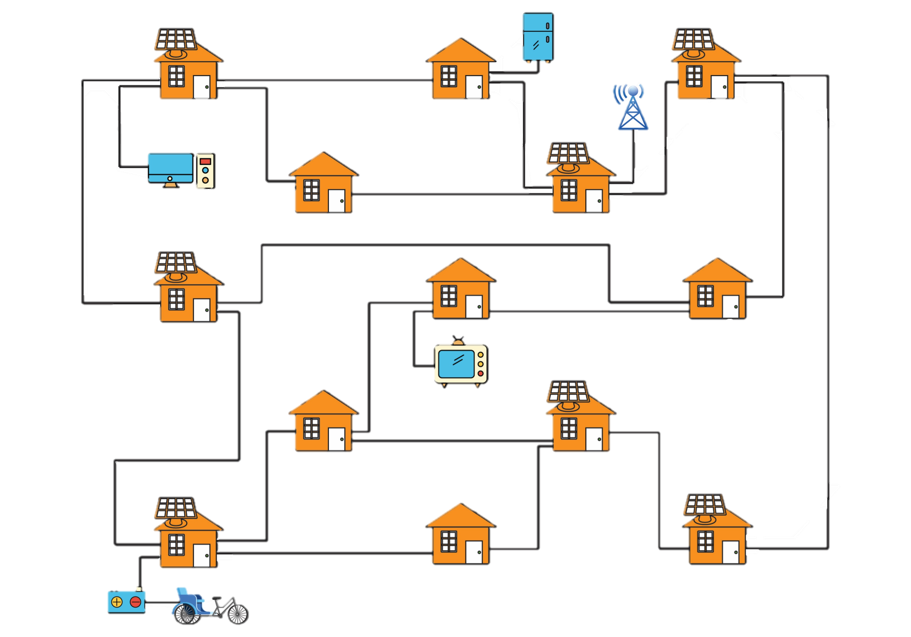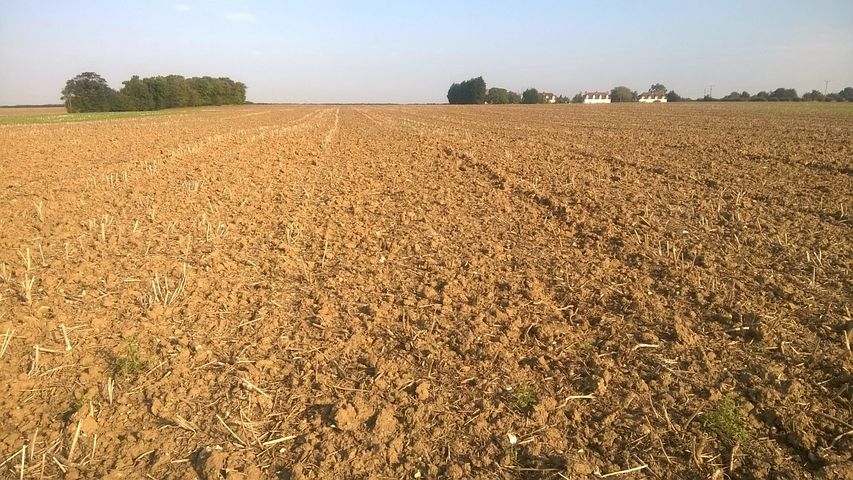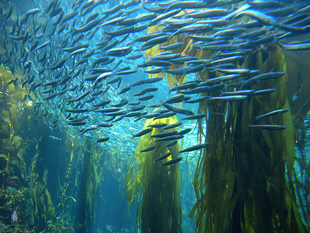
So a few days ago I was privileged enough to go the cinema. My two little ones were at home with their dada, and I felt a lovely sense of independence and quiet as I showed my ticket (yes, despite the buzz around me…this particular buzz didn’t require my immediate attention for healing kisses or a snack).
My movie of choice wasn’t a blockbuster, but it was one for research. The film “2040” is brought to you by Damon Gameau, who previously won tremendous accolades for exploring the evils of sugar in our diet (even if we’re sure we’re eating healthily).
“2040” is essentially a vlog to his 4 year old daughter, Velvet, as Damon explores what climate change could mean for us all – especially Velvet – in the year 2040. But I don’t mean he’s talking about rising temperatures and torrential rains and unbearable air quality. Damon is approaching this subject from a refreshingly positive perspective. He sets about discovering what can be done to start tackling the issue head on, right now. The rule he set himself was to only discuss technologies which already exist in some way and see where they could lead us, how they could help us, if given the appropriate funding, support and airtime. He didn’t allow himself to come up with fanciful ideas (unlike some of the very endearing children from across the world interviewed throughout the film – rocket boots kid, I love it, I’m talking about you!).
Most citizens of the Earth (but I have to say, especially parents) would agree that we can’t just curl up in a ball and cry at the mess we’ve made, and continue to make. But it’s also not actually enough to implement the 5 R’s and #saynotoplastic. Movements from the ground up are a necessity, it should go without saying, and we at swrm will endorse and encourage and applaud any and all individual’s actions to make a difference to #dobetter. But we, as a global population of humans, do need our world leaders to make better and more informed decisions.
So this film provides hope, but more importantly some firm direction, which many of our leaders are distinctly lacking. I’m going to delve into a few of the most interesting discoveries Damon brings to the fore.

First up, Damon heads to Bangladesh to talk solar power. Why Bangladesh? Because they have about 5 million solar powered homes right now! But even more impressive than that is that they can share this solar power around. One home might have solar panels, but their neighbor doesn’t. This neighbor simply needs a SOLshare box in their home to accept power from someone else’s solar system. This sharing can be done with money, which has been leading to a flourishing economy, or barter and trade, or a friendly freebie. Every home in every village can be connected, and then every village can be connected to the next village…and with each connection in the grid the strength of the power grows. SOLshare is a wonderful start up in Bangladesh, who has a vision for a connected, peer-to-peer renewable energy system, making electricity available for whoever needs it, when they need it, with nothing going to waste…and everyone will be completely independent from the fossil fuel power grid.

Here’s a mind bending fact: soil degradation is a larger cause of climate change than fossil fuels. Let me very quickly add that I’m not about to suggest that mining and burning fossil fuels is okay…but while we transition to renewable energies (let’s not forget that the fossil fuels will just dry up one day anyway!) there might be a remedy for some of our climate change issues. This subject is particularly topical right now, with the IPCC’s Special Report on Climate and Land from a few days ago. Damon really has had his finger on the pulse! He travelled to a very small regional town in Victoria, Australia, about 3 hours north of Melbourne, where he spoke to a farmer who was seeing lower and lower yields from his farm. After harvesting a crop, he would normally douse the soil in chemicals to get it ready for the next season’s crop – the current ‘best practice’. But this time he planted different agricultural grasses instead. The soil, which has over 6 billion microorganisms, responded in a way he didn’t expect. The hard lumps of soil, difficult to break up even with machinery, became softer. This meant that roots could grow, and water could penetrate, much better than he’d been seeing of late. He even noticed the return of worms, who’d been absent for some years. So when it came time to pull those ‘in between’ crops up and plant his actual business crop, it did better than it had in years. He was able to use the land year-round, and also use it for roaming and feeding his livestock, who in turn fertilized it for him. Grain feeding stock is so incredibly costly, not good for the animals and not great for the meat consumer either. He was using a technique now called pasture cropping. And here’s the kicker: the plants and soil became healthier partly because they were sequestering carbon – a crucial element in their survival! This is good news for obvious reasons, but another benefit from carbon in the soil is that it increases the water absorbency, meaning less run off, better efficiency from irrigating and less risk of floods. So suddenly this farmer had removed his use of chemicals; was nurturing the land by constantly growing crops; was feeding his livestock better; was using natural fertilizers; had better yields every year; AND was helping to remove CO2 from the atmosphere! The bigger picture achieved here is that land can be used much more efficiently than is being done currently, enabling adequate food supply for the word’s growing population. But on the individual farmer basis, all of his changes didn’t cost him anything, facilitated higher income and could be implemented autonomously without any governmental interference or policy. This part of the movie had me feeling absolutely elated! Farmers can be the positive change the world needs! If we also eat less beef (which features in every climate change mitigation plan) we will have more agricultural land available for feeding human mouths: most big ag is producing grains and soy for the consumption of livestock who will be slaughtered for our dinner table. You now have a response when your suggestion of eating less meat is countered with ‘what about the poor farmers?’.

The final topic of Damon’s which I’ll share with you is about marine permaculture. The oceans are becoming warmer and more acidic. This is making it difficult for certain fish and shellfish to thrive. And the ocean is our largest carbon sink, responsible for sequestering half of the total sequestered CO2 from the atmosphere. So the oceans are infinitely important to us. A team of scientists, led by Dr Brian von Herzen, who’s the founder of the non-profit Climate Foundation, are testing the effects of seaweed on both these negative influences. They have planted seaweed (kelp) into a structure, made from recycled material which is floating about 25 meters under the water’s surface. As the seaweed grows the weight drops the structure down further into the water, facilitating more growing (kelp is the fastest growing plant on the planet, with a rate of ½ meter per day!). The structure contains a wave and solar powered mechanism to restore the overturning circulation of the water, bringing up cooler waters from below. It’s also a home and food for many fish and crustacean species. It also lowers the acidity of the water. AND it also sequesters CO2! If that’s still not going to sell you on marine permaculture, what about the fact that the kelp is then harvested for use as a human superfood, biofuel, fertilizer or livestock feed? If you can’t tell, this was another moment during the film where I had a huge smile on my face…scientists and farmers have GOT this!
Damon also explores tech used in schools to show live energy utilization across their local town, in an effort to educate with real meaning; he talks to an economist in the UK about the need for ‘Doughnut Economics’; he learns about the positive impact education and family planning for girls across the globe will have; and he delves into automated, driverless, on demand transport (did you know that 1/3 of Los Angeles is either roads or car parking?!).

I left the cinema feeling pretty great – I’d had me time, plus I’d learnt that the future could be in safe hands. We still have to take individual responsibility for our every action, and must keep the momentum of Fridays4Future, Strike4Climate, #breakfreefromplastic and #zerowaste, with #sustainability always top of mind. But Damon has showed me that my two little girls, the eldest of whom is 4, just like Velvet, may not be in store for the bleak future so many people currently fear. He communicated his message succinctly (92 mins) and clearly, without being condescending. I implore you to watch this film, and then talk about this film. Accept Damon’s invitation to “Join the REGENERATION”. Don’t stop being a positive influence, don’t stop being environmentally responsible, don’t stop removing plastic from your life, don’t stop being your most sustainable self – but do all of that with a little less fear and a little more positivity.




